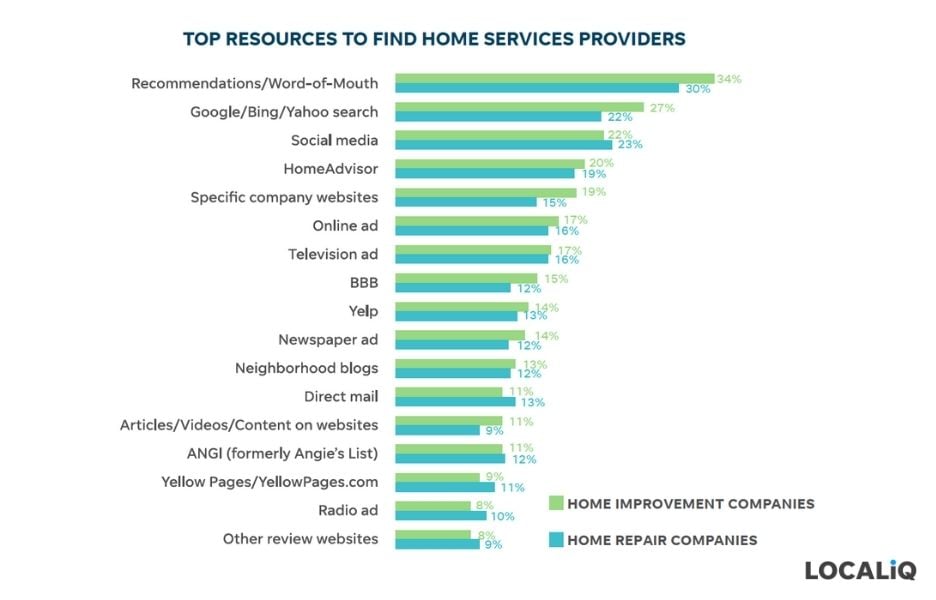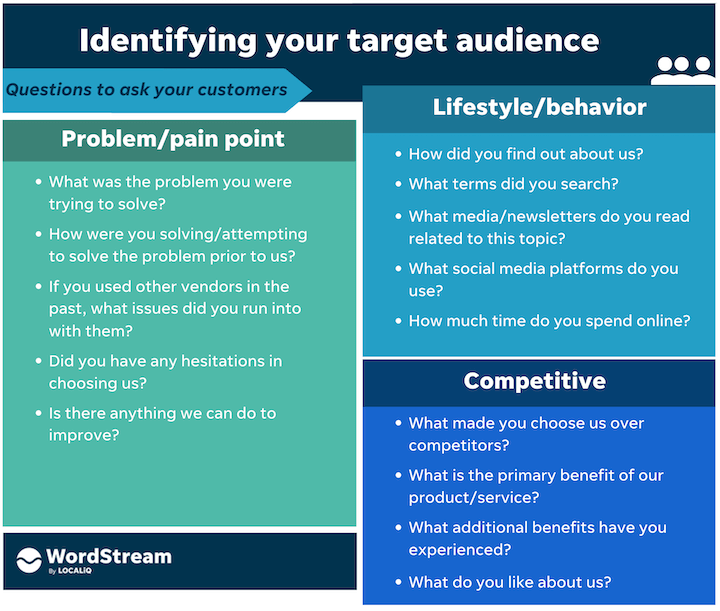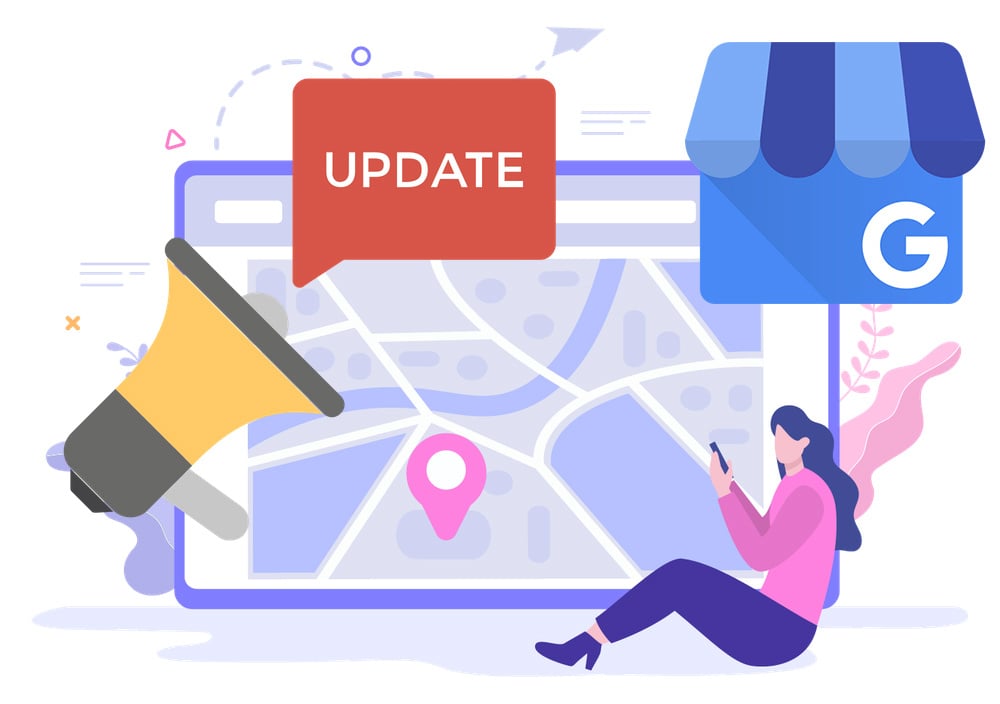Are you enjoying this blog?
To join our newsletter, text BLOG to (833) 779-2627 or enter your phone number 👉
Guide to Crafting an Effective Marketing Campaign Plan: Examples and Outlines
Craft an effective marketing campaign with examples and outlines to boost your strategy. Perfect for marketers and business owners.

Jump To...
Marketing Plan Basics - What You Need to Know | Crafting a Marketing Campaign Outline: Step-By-Step Instructions | Marketing Plan Examples | In Conclusion
According to HubSpot’s State of Marketing Trends Report, 63% of marketers say new customer inquiries are their top challenge. With such a crowded marketplace, you’ll need a robust marketing campaign plan to stand out and make a lasting impression.
Marketing Plan Basics - What You Need to Know
Source: GoSite
If you want to take your business to the next level, a solid marketing plan is the way to go. But before you dive into crafting an entire campaign, you'll want to start with a few basics. This includes:
- Finding out which devices people are using to visit your website, so you can improve the experience for your visitors.
- Keeping an eye on your sales, leads, and actions (what people are doing when they visit your site, e.g., filling out a contact form). These numbers will tell you how successful your marketing efforts are in converting potential customers into actual customers.
- Tracking views. Even if someone doesn't take immediate action, simply seeing your brand can increase their awareness and lead to future sales.
Types of Marketing Plans
For each of the plan types below, we’re going to provide you with an example of a campaign plan to follow. Here’s a quick list:
- General (integrated) Marketing Plan
- Digital Marketing Plan
- Content Marketing Plan
- Social Media Marketing Plan
- Launching a New Product or Service
Building a Marketing Plan Budget
Every marketing plan outline starts with a budget. Your budget will determine how much money you can invest in each aspect of the campaign, whether it’s website development, email campaigns, or social media ads. Source: LocaliQ
Source: LocaliQ
As competition is often stiff, especially for blue collar entrepreneurs, researching where exactly people are looking for businesses like yours can help inform your budget. Understanding where your competitors are advertising and how they’re reaching their target audience will show you where you can allocate your marketing dollars for the greatest impact. That way, your budget is more likely to yield results.
Identifying Who Does What
Each team member should have a well-defined role and know what their specific responsibilities are to ensure the campaign runs smoothly.
Decide who’s responsible for tasks such as designing creative assets, managing social media, and analyzing campaign data, so you can maximize the effectiveness of your campaign. And it’s not just about allocating tasks; it’s also about having clear lines of communication so everyone is on the same page.
Marketing Plan Timelines
Having a proper timeline that outlines each step of the process can help you stay organized and execute on time. From ideation to launch, every detail counts. You can prioritize tasks, set realistic deadlines, and launch not just on time - but also at the right time.
Especially for home services businesses, you can consider seasonal trends, consumer behavior patterns, and industry trends to decide when the best time is to make your campaign really count.
Crafting a Marketing Campaign Outline: Step-By-Step Instructions
1. Choose the type of campaign you want to run.
There are many ways, like using different ads or making interesting content. For example, if you have an auto repair shop, you could make videos and write blogs that show the level of expertise you provide.
2. Decide what you want to accomplish (Objective).
A campaign needs to have an end goal. What does your business want to accomplish with it? Do you want to increase brand awareness, boost sales, or generate leads?
From there, you’ll want to identify the associated key performance indicators (KPIs) – that is, numbers you should track to record your progress. If your goal is to boost sales, you might track s revenue, conversion rates, and average sale amount.
3. Identify who you want to reach (Target Audience).
 Source: WordStream
Source: WordStream
Understanding who your audience is when planning a campaign goes beyond just demographics such as age, gender, income, and education level. There are also psychographics, such as personality traits, values, and interests. Looking a little more closely at their pain points and problems in reference to these characteristics can help you identify any gaps or opportunities in the market.
4. Select the channels which are most likely to reach your audience (Key Channels).
The right channels to select are the ones which your target audience spends their time on and are most likely to engage with. This might include certain social media platforms like Facebook, search engines such as Google, and offline channels like print ads.
5. Assign tasks to key people in your plan (Roles).
Rather than having everything up in the air, key people will be responsible for key tasks, so you know each aspect of the marketing campaign is being handled by someone with the skills and expertise to do so.
6. Set your budget.
Without a budget, it’s easy to overspend and waste resources on ineffective strategies. Consider what sort of budget you’ll need to use based on goal achievement and possible return on investment (ROI), and research industry benchmarks to get an idea of what you should be spending on each marketing channel.
7. Calculate your expected ROI (Estimated Total ROI).
To calculate your expected ROI, gather the costs associated with the campaign, including advertising spend, staff times, and creative development, and compare them to the expected revenue generated.
A positive ROI will mean that your campaign is generating more revenue than it costs to run, while a negative ROI means that your campaign isn’t generating enough revenue for it to be worth running.
8. Set a start and end date for your campaign.
Finally, keep in mind that your campaign won’t last forever. This will give you a timeline to work within, which can be useful for measuring success. Having these specific start and end dates will allow you to compare performance metrics before, during, and after the campaign. Of course, you’ll also need to be flexible and adaptable in case you need to exercise more resources or switch gears quickly.
Marketing Plan Examples
Here are marketing plan examples for fictional businesses. Copy/paste them into your own document and edit it to fit your business and goals.
General (integrated) Marketing Plan
Integrated, or general marketing plans, adopt a more comprehensive approach to marketing that involves splitting your marketing efforts across multiple things. It’s best used for situations where you want to maximize reach and engagement across a broad audience yet retain a unified brand identity.
| Objective: Increase customer inquiries and bookings for HVAC services by 15% within the next six months.
Budget: $25,000 |
Digital Marketing Plan
Digital marketing plans leverage digital channels like social media, email, websites, and search engines. This plan is recommended when you want to establish an online presence and drive measurable results.
| Objective: Increase brand awareness, generate leads, and drive sales for Bug Busters Pest Control by 20% within the next six months.
Roles:
Estimated Total ROI: $450,000 Projected Campaign Start Date: April 1, 2023 Projected Campaign End Date: September 30, 2023 |
Content Marketing Plan
Content marketing plans revolve around valuable and relevant content to attract and retain a clearly defined audience. If you’re looking to establish authority and drive traffic and engagement, this one’s for you.
Are you enjoying this blog? To join our newsletter, text BLOG to (833) 779-2627.
| Objective: Increase brand awareness and customer engagement for [name of auto shop] through content marketing efforts, resulting in a 10% increase in website traffic and a 5% increase in customer inquiries within the next six months.
Roles:
Estimated Total ROI: $150,000 (realized over the next 12 months) Projected Campaign Start Date: April 1, 2023 Projected Campaign End Date: September 30, 2023 |
Social Media Marketing Plan
Social media marketing is useful when your target audience is active on social media platforms and you have a clear understanding of their preferences and needs.
| Objective: Increase brand awareness and generate leads for [name of auto detail company] through TikTok and Facebook marketing efforts, resulting in a 20% increase in website traffic, a 10% increase in customer inquiries, and a 5% increase in bookings within the next six months.
Roles:
Estimated Total ROI: $500,000 (realized over 12 months) Projected Campaign Start Date: October 1, 2023 Projected Campaign End Date: March 30, 2024 |
Launching a New Product or Service
This type of plan focuses on creating excitement and buzz around a new product and service to the market. It helps when you want to establish a strong presence and attract new customers.
| Objective: Successfully launch and promote a new lawn care subscription offering for [landscaping company], resulting in 50 new customer inquiries and 20 new bookings within the first three months.
Roles:
Estimated Total ROI: $30,000 Projected Campaign Start Date: August 1, 2023 Projected Campaign End Date: October 31, 2023 |
In Conclusion
The most dynamic results of a marketing campaign plan come from identifying your target audience, setting clear goals, and monitoring your performance metrics. Get ready to get creative, gather your team, and launch your most powerful marketing campaign yet.

%20(1)%20(1).png?width=340&name=Group%2012%20(2)%20(1)%20(1).png)



